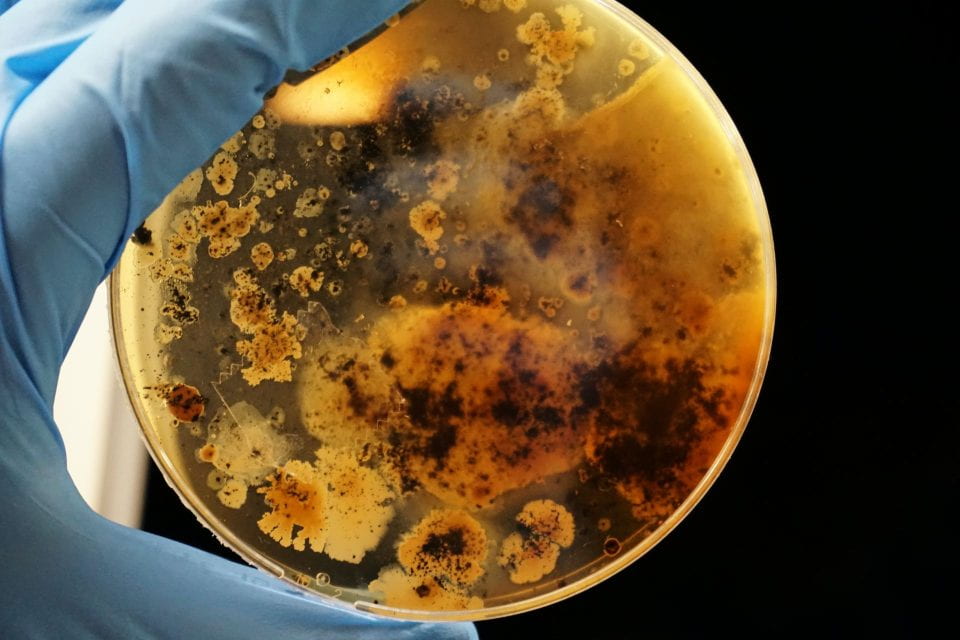With Humanities Highlights, Himmelfarb staff aims to spotlight useful books from our Humanities collection. This week, we’re showcasing “Microcosm” by Carl Zimmer.
About the Book: “Microcosm” chronicles the scientific advances – and the birth of microbiology – through the lens of E. coli (to borrow Zimmer’s phrase) [5]. Because of their relative simplicity (they’re one of the only genomes that scientists have completely mapped), E. coli has been at the vanguard of insights into DNA, metabolism, evolution, and the manipulation of life. Microcosm is a stunning love letter to finding the biggest insights in the smallest places.
Reasons to Read: If your only knowledge of E. coli comes from a headline about Chipotle, or
if you enjoy seeing the world completely differently: a world where the majority of genes in your body aren’t your own [53], where your body is a site of chemical warfare, and where the lines between species, viruses, and hosts blur.
Reasons to Avoid: If you’re already well versed in the history of microbiology and genetic engineering, Microcosm might be redundant for you.
Fun Facts:
- E. coli, which have been bio-engineered to glow, can be trained to “draw” - including pixel art of Mario (Simon-Lewis, 2017).
- Human genes can be inserted into - and functional within - E. coli (Zimmer, 2008, 187).
References:
Photo by Adrian Lange on Unsplash
Simon-Lewis, A. (05/24/2017). Scientists teach E.coli bacteria to 'draw'. Bacteria draws Mario. Wired. https://www.wired.co.uk/article/disco-bacteria-mit
Zimmer, C. (2008). Microcosm. Pantheon Books.



